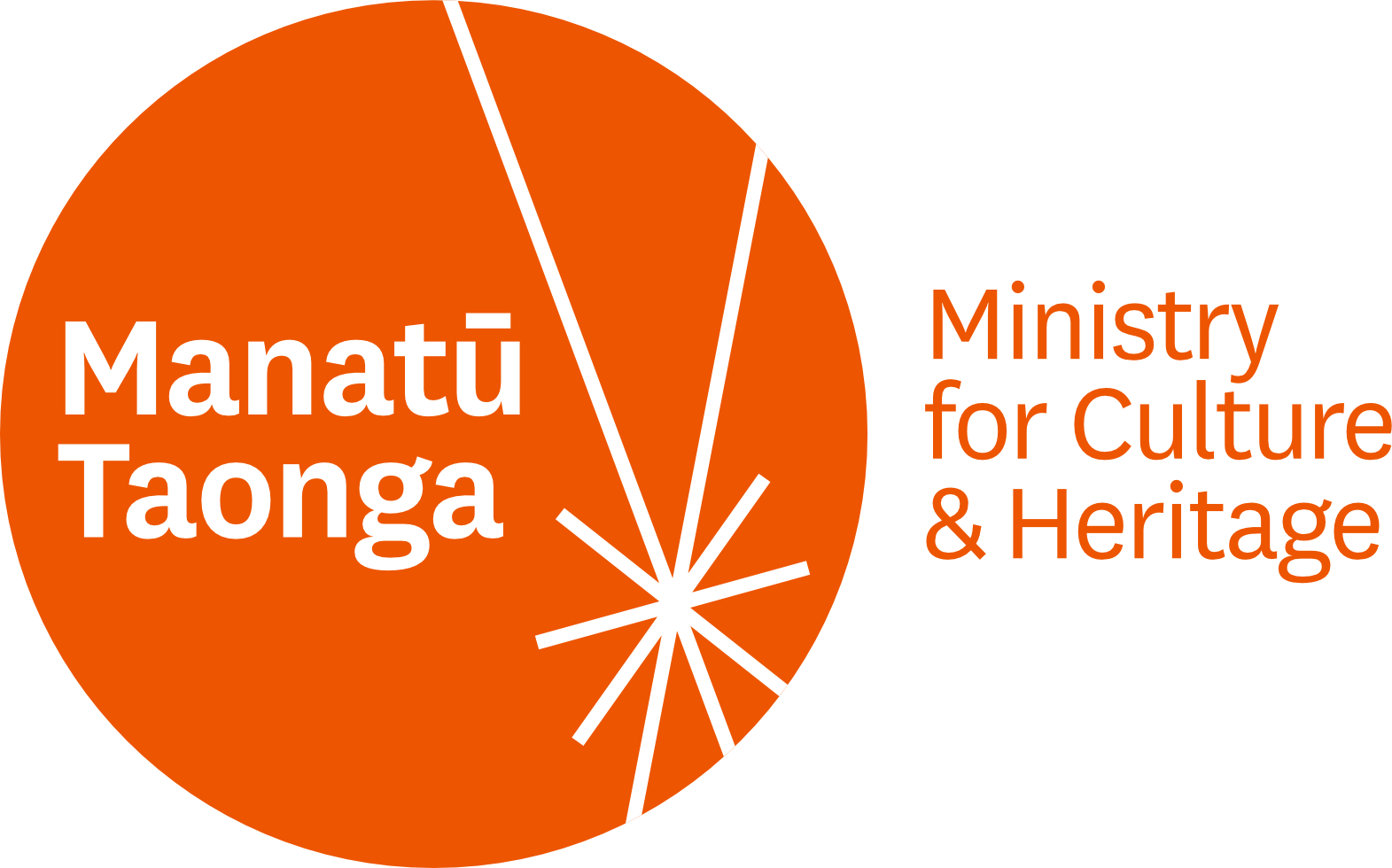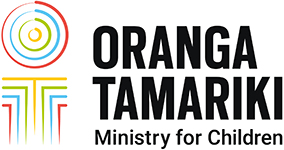Far-reaching benefits for prison art makers
10 December, 2010
Two international prison art exhibitions presented by the International Commission of Catholic Prison Pastoral Care (ICCPPC) in 2005 and 2009 provided a unique opportunity for many hundreds of prisoner art makers in 50 nations of the world.
The ICCPPC was founded at an international congress in 1950 by the Secretary of State (the later Pope Paul VI).
More than 50 years later, with 105 member countries alongside, ICCPPC is respected as a worldwide public association of the Catholic Church, with new statutes and the same interest in pastoral care for those in prison.
Some of the fundamental objectives of the ICCPPC are to awaken and encourage within the worldwide church and society greater awareness of and the exercise of prison pastoral care, and to promote the humanisation, revision and reform of the prison system throughout the world.
The ICCPPC says the thinking behind prison art exhibitions aligns with its idea that every human being seeks a full and satisfying life. Prisoners are no different; they seek the same fulfillment in environments that they struggle to survive within.
Artistic initiatives develop creativity
Christian Kuhn, President of the ICCPPC, says “these artistic initiatives develop creativity and give some sense to the time prisoners are passing… It is a real communication with the outside world.”
The first exhibition, ’Discover the face of Life’ in 2005, drew 1500 entries from 50 countries, including New Zealand. About 300 of those works were selected for ongoing exhibitions in Vienna, Rome, France, Geneva, Strasbourg, Edinburgh, Munich and Budapest.
ICCPPC reports that “thousands of people have flocked past the works, experiencing for themselves the skills and talent of countless prisoners striving to reach their rightful place”.
The second exhibition, ‘Signs of Life’ in 2009, attracted 1200 entries from 45 countries including New Zealand, Australia, Tonga, Philippines, India, Cameroon, Kenya, South Africa, Lesotho, Uganda, Ethiopia, the Czech Republic, Estonia, Lithuania, Luxemburg, Netherlands, Poland, Portugal, Spain, Sweden, Romania, Scotland, Canada, USA, Mexico, Brazil, Colombia, Equador, Paraguay, Chile, Cuba and others.
Offers to host ICCPPC exhibitions have continued in other nations. The first of these exhibitions was in February 2010 in Burgenland, Eastern Austria, before travelling to the United Nations Congress on the Prevention of Crime and the Treatment of Offenders in Brazil, in April this year.
Brother Kieran Garvey of Prison Chaplaincy in Wellington became involved with the ICCPPC in 2006 when invitations to prisoner art makers to take part in the ‘Signs of Life’ art competition in Austria were extended.
“Through the Chaplaincy Services in the prisons there was support for the project. We exhibited the work of prisoners at St. Pauls Cathedral in Wellington, invited judges to adjudicate over the works, and sent the best five entries on to Austria. Each of New Zealand’s five participants received prize money of $50.”
David Major, Director of the Prison Chaplaincy Service of Aotearoa New Zealand, describes the Chaplaincy as a volunteer organisation – “the church at work in the prisons”.
He believes it is important to engage prisoners creatively, to support development of inherent skills – to “develop the things they can do, and ready them for return to their communities”.




